Your karate outfit, known as a gi or dobok, serves multiple purposes: adhering to dress codes, protecting skin during contact drills, and allowing for flexibility. When preparing for training, focus on comfort and safety with key items like a well-fitting gi, lightweight fabrics, suitable footwear, protective gear (gloves, mouthguards, pads), and strategic accessories (belts, specialized shoes). Choose attire that prioritizes comfort, functionality, and full range of motion to enhance your karate practice.
Packing for karate requires more than just a gi. From your karate outfit – designed for comfort and flexibility – to protective gear to ensure safe training, each item plays a vital role. This guide navigates the essentials, from clothing considerations tailored to different karate styles to accessories that can enhance your practice. Discover what to bring to best support your journey in this martial art.
- What is the Purpose of Your Karate Outfit?
- Essential Items for Comfort and Safety
- Protective Gear: Keeping You Safe in Training
- Clothing Considerations for Different Styles
- Accessories to Enhance Your Practice
What is the Purpose of Your Karate Outfit?
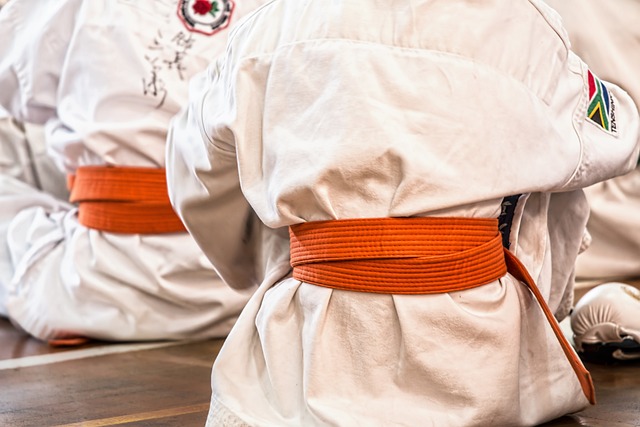
Your karate outfit, commonly referred to as a gi or dobok, serves a crucial purpose in both training and competition. Not only does it ensure you meet the dress code for your karate class or tournament, but it also plays a vital role in protecting your skin from abrasions during contact drills and sparring sessions. The material, usually made of cotton or a synthetic blend, allows for breathability and flexibility, catering to the dynamic movements inherent in karate practice. Moreover, it promotes modesty, with its long sleeves and pants covering most of the body, which is respectful of cultural norms and enhances focus during training.
Essential Items for Comfort and Safety
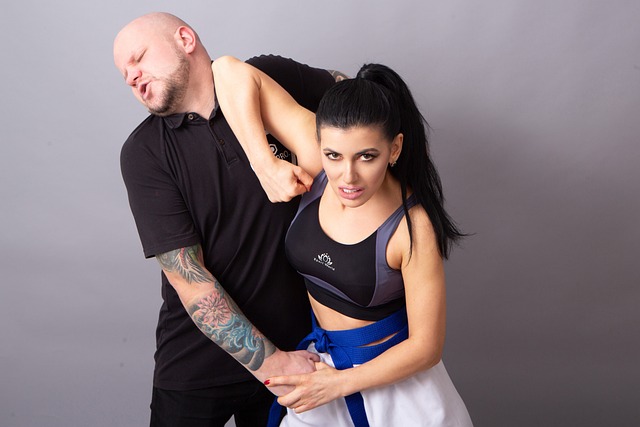
When preparing for karate training, comfort and safety should be your primary considerations. Essential items include a well-fitting karate outfit called a gi, which allows for ease of movement during practice. Consider a lightweight, breathable fabric to stay cool and comfortable throughout intense sessions. Additionally, appropriate footwear is crucial; choose karate shoes or sneakers designed for martial arts that offer excellent traction and support.
Don’t forget protective gear, such as gloves, mouthguards, and pads for the elbows and knees, to safeguard against injuries during sparring exercises. Keep in mind that a few basic items can make a significant difference in your overall experience and performance in karate class.
Protective Gear: Keeping You Safe in Training
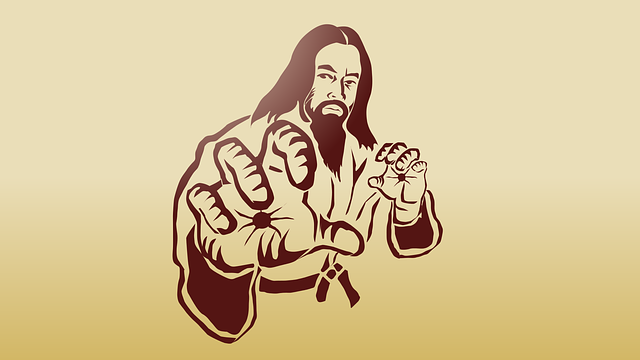
Protective Gear: Keeping You Safe in Training
When you step onto the karate mat, comfort and protection go hand in hand. Wearing the right gear is not just a matter of adhering to dojo rules; it’s crucial for your safety and enjoyment during training sessions. A karate outfit, also known as a dobok or gi, serves both functional and symbolic purposes. It signifies respect and uniformity within the martial arts community while providing necessary coverage and flexibility for intense physical activity.
In addition to your karate outfit, essential protective gear includes gloves designed specifically for karate to safeguard your hands during sparring and exercises. Proper footwear is equally vital; choose karate shoes that offer excellent grip and support. Protective padding for joints, such as knee pads or elbow pads, is also recommended for beginners or those engaging in high-impact training sessions. These safety measures ensure you can focus on improving your techniques without worrying about injuries.
Clothing Considerations for Different Styles
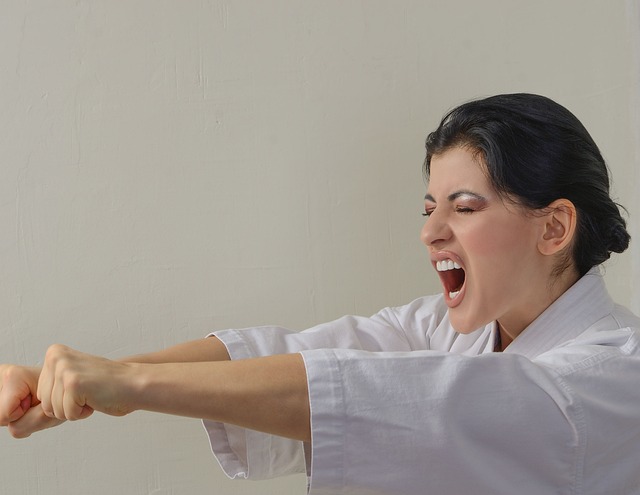
When it comes to choosing clothing for karate, the style and cut of your outfit should cater to both comfort and functionality. For traditional karate practices, a lightweight, flexible karategi (karate outfit) is ideal, allowing free movement during training. Opt for breathable fabrics like cotton or synthetic blends that wick away sweat, ensuring you stay comfortable throughout rigorous exercises and sparring sessions.
Consider the specific style of karate you’ll be practicing. For instance, in Shotokan karate, a more form-fitting gi with reinforced stitching might be preferred, while styles like Kyokushin may call for a looser-fitting uniform to accommodate heavier body contact. Always ensure your attire allows for full range of motion and fits well to prevent any distractions during training or competitions.
Accessories to Enhance Your Practice
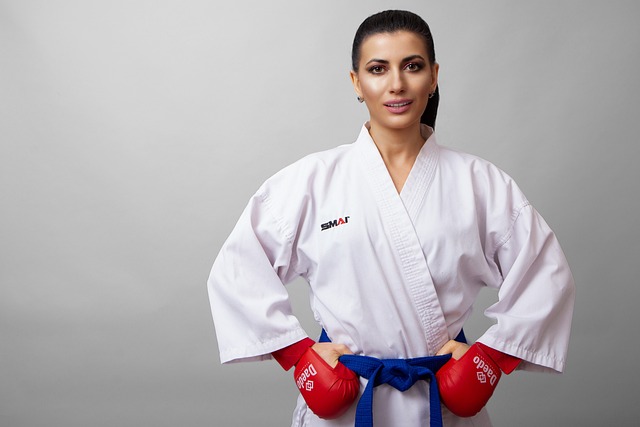
Accessories to Enhance Your Practice
Complementing your karate outfit called gi with the right accessories can significantly improve your training experience. One essential item is a quality belt, or obi, which not only secures your gi but also signifies your rank and skill level. Additionally, protective gear such as mouthguards and gloves are crucial for safe sparring sessions. Footwear designed specifically for karate ensures proper balance and agility during kicks and blocks.
Furthermore, consider investing in a good-quality bag to carry your uniform, accessories, and any personal items safely to and from training sessions. A well-organized bag keeps your gear in check and helps you save time. Lastly, don’t forget about comfort items like knee pads or elbow pads for extra protection during intense training or competitions.
When preparing for karate training, selecting the right gear is vital. From your karate outfit called dobuk to protective gear, each item serves a purpose. Remember to consider comfort, safety, and style as you build your kit. Accessorising can also enhance your practice, so take time to explore these options and tailor your equipment to your needs. With the right preparation, you’ll be ready to safely and effectively embrace the discipline of karate.
